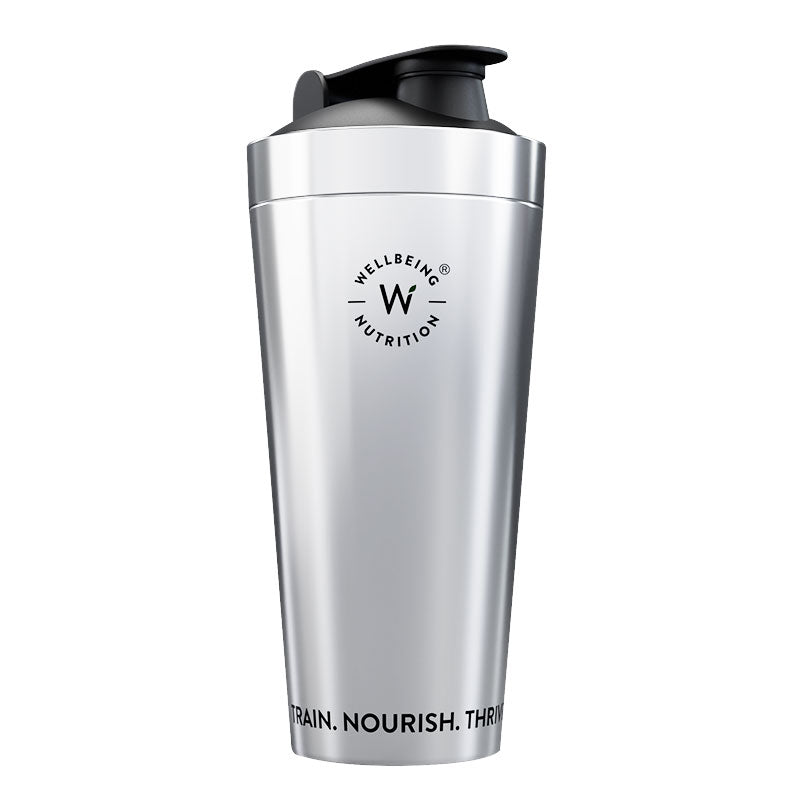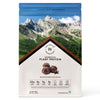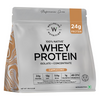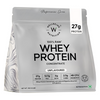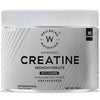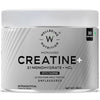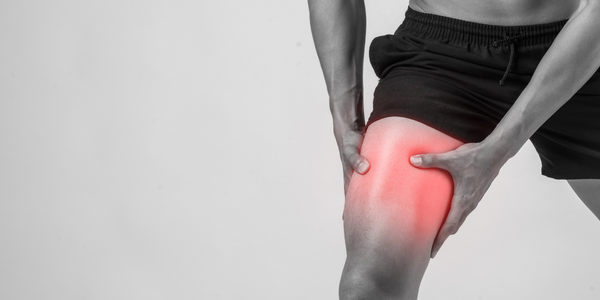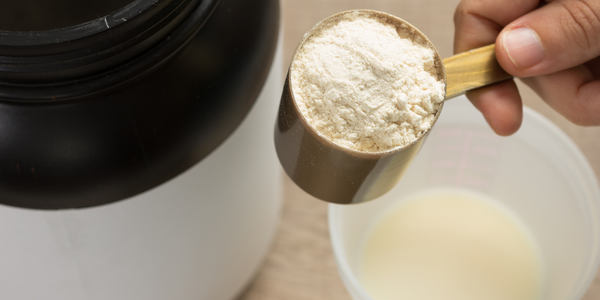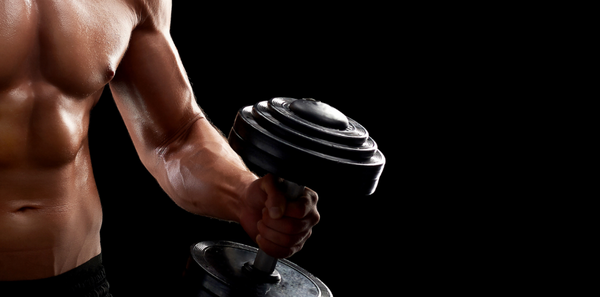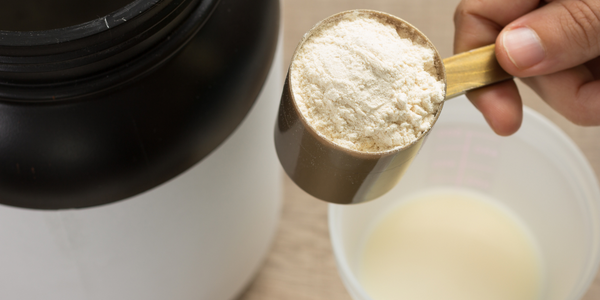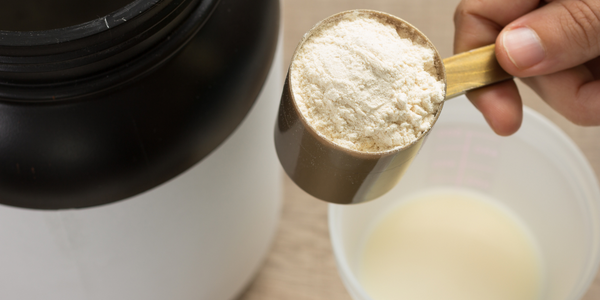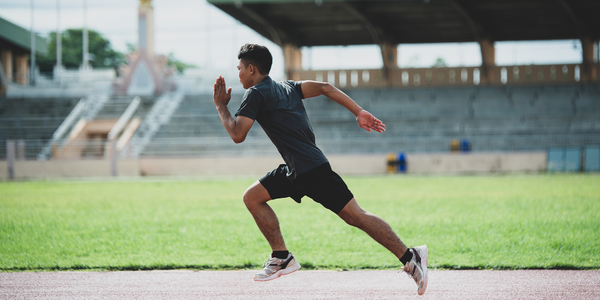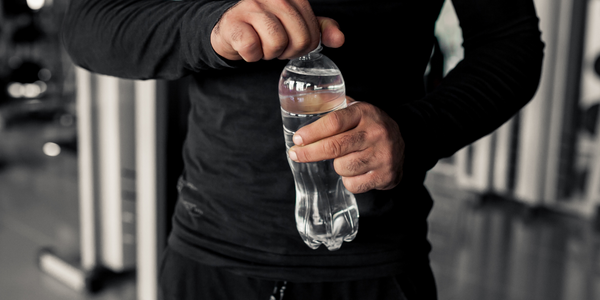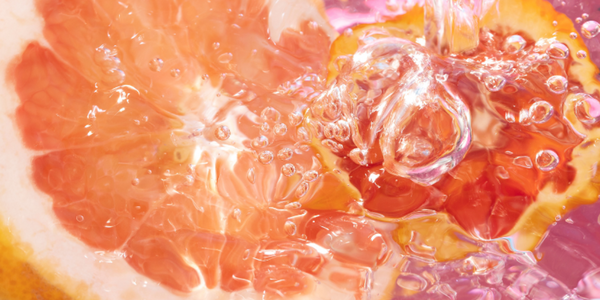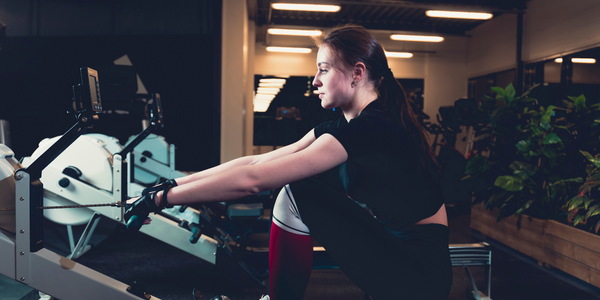You powered through your workout—every rep, every stride, every drop of effort. The endorphins were real. But the next morning? Tight quads. Aching shoulders. That unmistakable post-workout soreness makes even the simplest movement feel like a challenge. While some muscle soreness is a natural part of progress, it shouldn’t hinder your momentum. In this guide, we delve into what truly supports muscle recovery after exercise—exploring the science behind the soreness and offering evidence-backed strategies for faster, more effective repair. Consider this your curated roadmap to intelligent recovery and elevated movement so you can show up stronger every time.
What Is Post-Workout Muscle Soreness?
That deep, lingering ache you feel a day or two after a tough workout? It’s more than just tired muscles—it’s called Delayed Onset Muscle Soreness (DOMS). This typically begins 24 to 48 hours after exercise, especially when you’ve pushed your muscles harder than usual or introduced new movements into your routine.
At the root of DOMS are microscopic tears in your muscle fibers. These tears occur when muscles are placed under unfamiliar stress—particularly during eccentric movements, where the muscle lengthens while under tension. Think lowering into a squat, running downhill, or holding a controlled Pilates pose. These motions challenge your muscles in a unique way, triggering mild damage at the cellular level.
As your body begins the repair process, it sends inflammatory signals to the affected area, which can result in stiffness, tenderness, and that familiar sore sensation. While it can feel uncomfortable, this cycle of stress and repair is also what helps muscles grow stronger and more resilient over time—so long as you support them with proper recovery.
Causes of Muscle Soreness After Exercise
So, what triggers that next day's ache? Here are a few key reasons:
New or Unfamiliar Movements
Introducing new exercises, increasing intensity, or targeting different muscle groups can lead to soreness. That’s because your body is recruiting muscles in ways it’s not yet adapted to, creating microtears that signal the need for repair.
Eccentric Loading
Movements that emphasize the lengthening phase of the muscle—like lowering into a lunge, descending from a pull-up, or performing controlled deadlifts—put unique stress on the fibers, making them especially prone to soreness.
Inadequate Recovery Support
Skipping cooldowns, underhydrating, or neglecting post-workout nutrition can compromise your body’s ability to repair itself efficiently. Without the right recovery practices, muscle soreness tends to linger.
Inflammatory Response
DOMS is linked to a short-term inflammatory response that peaks between 24 to 48 hours after exertion. (NIH) It’s a sign that your body is actively working to heal and rebuild—but it also contributes to that stiff, tender sensation you feel.
Effective Ways to Relieve Muscle Soreness
When it comes to muscle soreness recovery, a combination of rest, movement, nutrition, and recovery tools can help your body bounce back better. Here’s what works, backed by science and trusted by athletes.
1. Active Recovery
Gentle movement like walking, cycling, or yoga increases circulation without adding more stress. A study found that low-intensity recovery movements helped reduce perceived soreness more effectively than passive rest. (NIH)
2. Hydration + Electrolytes
Muscles that are dehydrated are more prone to cramping and stiffness. But hydration is about more than just water. Electrolytes, especially magnesium, potassium, and sodium help maintain proper muscle function and fluid balance. A clean, functional electrolyte solution can help rehydrate your system more efficiently, especially after a sweaty training session.
3. Foam Rolling & Massage
Foam rolling helps break down muscle adhesions and promotes lymphatic drainage. One study in the Journal of Athletic Training found that rolling reduced muscle tenderness and improved performance during recovery days. (NIH)
4. Contrast Therapy
Alternating between hot and cold water in the shower or soaking in a warm bath followed by a cold rinse may help reduce inflammation and stimulate circulation. A review found cold water immersion to be effective for reducing soreness after high-intensity exercise. (NIH)
5. Quality Sleep
Your muscles do their best healing while you sleep. During deep sleep, growth hormone peaks, aiding tissue repair and reducing inflammation. Prioritize 7 to 9 hours of uninterrupted rest for optimal recovery.
6. Nutrient-Dense Foods
A post workout meal rich in antioxidants and anti inflammatory foods like berries, greens, ginger, and turmeric can help your body recover naturally. Pair these with high quality protein to support muscle repair.
7. Protein Supplements
Your muscles need amino acids, especially leucine to repair damaged tissue. Protein timing matters, too. Many studies confirm that consuming protein within 30 minutes post workout significantly enhances muscle recovery after workout. A clean, fast absorbing whey protein powder ideally one that’s low in sugar and easy on digestion is a convenient, effective way to refuel.
8. Magnesium Support
If you’re experiencing muscle cramps, stiffness, or sleep disruption after workouts, your magnesium levels might be low. Magnesium plays a key role in muscle contraction and relaxation. A triple magnesium blend that includes glycinate, citrate, and oxide may help support smoother recovery and more restful sleep, a hidden yet powerful ally in reducing muscle pain after a workout.
Smart Strategies to Minimize Future Soreness
While muscle soreness is a natural part of progress, you can reduce how often it strikes—and how intense it feels—with a few intentional habits. Think of these as your first line of defense for smoother recovery and more sustainable performance:
Warm Up with Purpose
Prime your body before any intense session by activating key muscle groups and increasing circulation. A mindful warm-up prepares your muscles for the work ahead, reducing the shock of sudden exertion.
Cool Down Consistently
Don’t skip the post-workout wind-down. Gentle stretches combined with deep, steady breathing help ease your body back to its natural rhythm and support muscle recovery.
Progress with Intention
Build gradually—whether it’s adding more weight, reps, or time. Giving your body space to adapt helps prevent overexertion and minimizes the risk of excessive soreness.
Prioritize Smart Fueling
Recovery doesn’t start after the soreness hits—it begins the moment your workout ends. Nourish your body with a balanced mix of protein, healthy fats, and complex carbs to repair and replenish.
Hydrate with Purpose
Sweat depletes more than just water. Rehydrate with fluids that also restore lost electrolytes—especially during high-intensity workouts or in warmer climates.
Optimizing Recovery With Nutritional Support
When your body works hard, it deserves equally powerful recovery tools. Thoughtfully formulated protein supplements can help replenish depleted muscle tissue without adding unnecessary calories or artificial ingredients. A high grade whey protein isolate offers complete amino acid support, and its fast absorbing profile makes it ideal for post workout recovery.
Pairing this with a gentle yet effective magnesium complex before bed can help with muscle relaxation, reduce sleep disturbances, and support nighttime recovery. And for hydration on the go, a no-added-sugar electrolyte solution with sea salt and essential minerals helps your body rehydrate, recharge, and restore.
Together, these tools don’t just reduce soreness, they elevate your performance over time.
Conclusion
Soreness is often part of the process but it doesn’t have to derail your progress. Whether you’re navigating the discomfort of muscle pain after workout or simply seeking how to recover muscles faster after workout, a thoughtful recovery plan can make all the difference.
Move gently. Rest deeply. Nourish wisely. And when you need a little extra support, let smart supplementation step in. Because recovery isn’t about doing less, it’s about doing better.
FAQs
-
How long does post-workout muscle soreness usually last?
Muscle soreness typically lingers for 24 to 72 hours after a workout, depending on how intense your session was and how well you support your recovery.
-
What exactly is Delayed Onset Muscle Soreness (DOMS)?
DOMS is the deep ache you feel 24–48 hours after intense or new movements, caused by tiny muscle fiber tears that happen during eccentric or unfamiliar exercises.
-
Can you still exercise if your muscles are sore?
Yes, as long as the soreness isn’t severe, you can stay active by doing lighter workouts or targeting different muscle groups to help boost circulation and support healing.
-
Which foods are best for easing muscle soreness?
Foods rich in antioxidants and anti-inflammatory compounds—like berries, leafy greens, turmeric, and ginger—paired with good-quality protein, can naturally support muscle repair.
-
Does stretching actually help with muscle recovery?
Stretching helps transition your body back to its resting state, reduces tension, and improves blood flow, all of which support recovery and ease post-workout stiffness.


